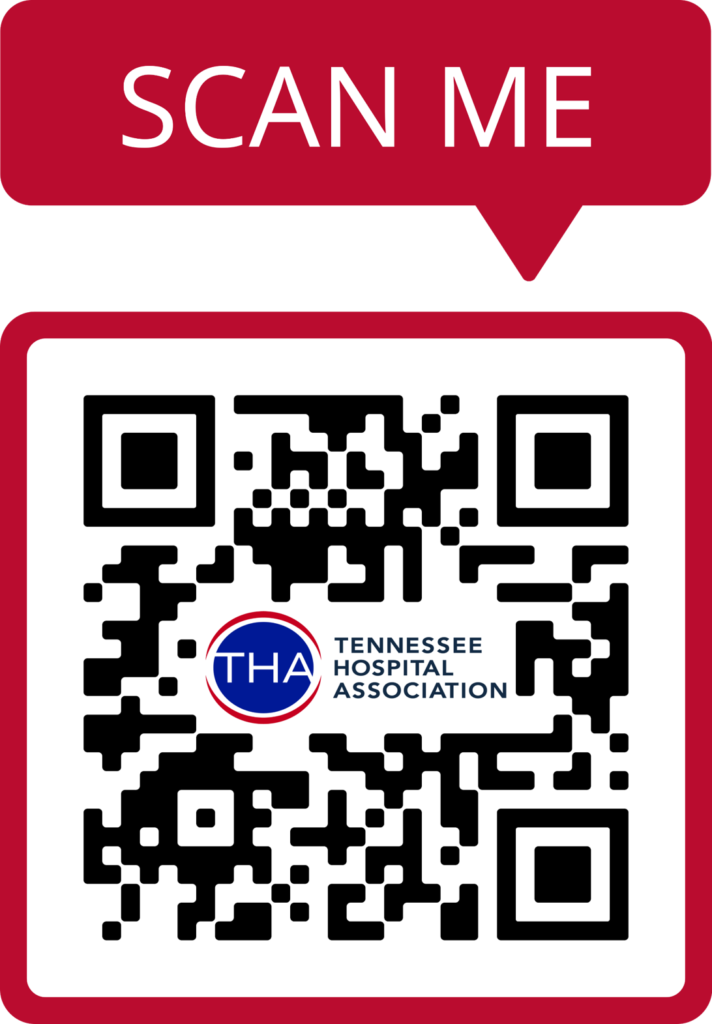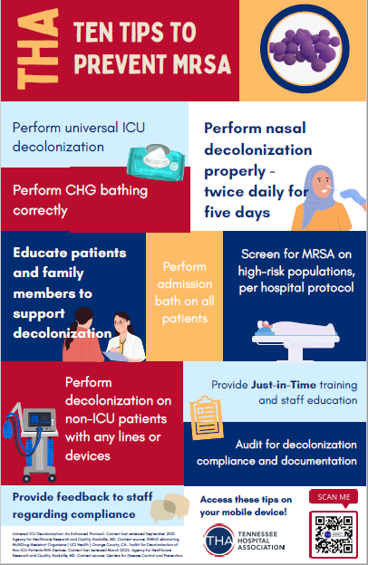Introduction
Multidrug-Resistant Organisms (MDROs) are defined as microorganisms, predominantly bacteria, that are resistant to one or more antimicrobial agents, and are usually resistant to all but one or two commercially available antimicrobial agents (CDC, 2006). Common examples of MDROs of clinical concern include Methicillin-Resistant Staphylococcus aureus (MRSA), Staphylococcus aureus with resistance to vancomycin (VISA/VRSA), vancomycin-resistant Enterococci (VRE), extended spectrum beta-lactamase-producing gram-negative bacilli (ESBLs), multidrug-resistant Streptococcus pneumoniae (MDRSP), carbapenem-resistant enterobacteriaceae (CRE), and multidrug-resistant Acinetobacter.
Antimicrobial resistance has become widespread over the past several decades. Infections caused by MDROs are more likely to result in hospitalization, incur significant costs, require prolonged hospital stays and result in complications. The Centers for Disease Control and Prevention (CDC) note that “each year in the United States, at least 2 million people become infected with bacteria that are resistant to antibiotics and at least 23,000 people die each year as a direct result of these infections” (CDC, 2013). Preventing MDRO transmission and resulting infections requires a comprehensive approach based upon a hospital’s individual infection risk assessment. The prevalence of MDRO burden varies across geographical regions, by size and type of hospital, and even within settings. An integrated systems approach that encompasses both MDRO prevention and a strong antimicrobial stewardship program (ASP) will allow hospitals to quickly identify new emerging MDRO strains, as well as to address the challenges of increased resistance patterns in the hospital and surrounding communities.
Resources
Tennessee Hospital Association (THA)
- THA “Ten Tips to Prevent MRSA” Posters
In April 2023, the Tennessee Center for Patient Safety (TCPS) at THA introduced “Ten Tips to Prevent MRSA”, a quick tip QR code tool for use by facility staff. The tips come in two formats: a poster to print and display in staff break rooms or bathrooms, and a QR code that directs users to the quick tips with links to additional resources. 11×17 laminated copies of the poster are available for member facilities free of charge. If you would like posters, email Rachel Goodman.


Dr. Susan Huang
- Implementing Decolonization: Ensuring Good Process & Practice – Susan Huang, MD MPH
- Decolonization Strategies for Special Populations & Addressing Implementation Challenges – Susan Huang, MD, MPH
- Hospital Decolonization Toolkit – UCI Health



MRSA Reduction Campaign Resources
Frequently Asked Questions
MRSA Reduction Campaign
MRSA Blood Stream Infections (BSI) in Tennessee – Marion A. Kainer, MD, MPH, FRACP, FSHEA
The Evidence Behind Decolonization Strategies – Susan Huang, MD, MPH
Implementation Pearls for Decolonization – Susan Huang, MD, MPH
- Reducing MRSA: Preventing Surgical Site Infections – Tom Talbot, MD, MPH,VanderbiltUniversity
- Presenting the Evidence for Decolonization Among Surgical Patients – Tom Talbot, MD, MPH
- View Recording (2019)
- View the Recording (2020)
- Preventing CLABSI & CAUTI: Mitigation of Barriers and Sustaining Prevention Efforts – Shannon Novosad & Janet Glowicz, Centers for Disease Control and Prevention (CDC)
- Implementing Decolonization in a Large Healthcare Setting – Joshua Roberts, MSN, NE-BC, System Director of Nursing, Baptist Memorial Healthcare; and Cal Ham, MD, MPH, Medical Officer, Prevention and Response Branch, Antimicrobial Resistance Team, Centers for Disease Control and Prevention
- Preventing CLABSI & CAUTI: Mitigation of Barriers and Sustaining Prevention Efforts – Shannon Novosad & Janet Glowicz, Centers for Disease Control and Prevention (CDC)
- Learning from Doing: Sharing Lessons Learned on Universal Decolonization Implementation
- MRSA Decolonization Implementation and Lessons Learned – Director Infection Prevention at Methodist Le Bonheur Healthcare
- MRSA Strategus and Still Learning – Jamie Swift, RN, CIC, FAPIC, Corporate Director, Infection Prevention at Ballad Health
